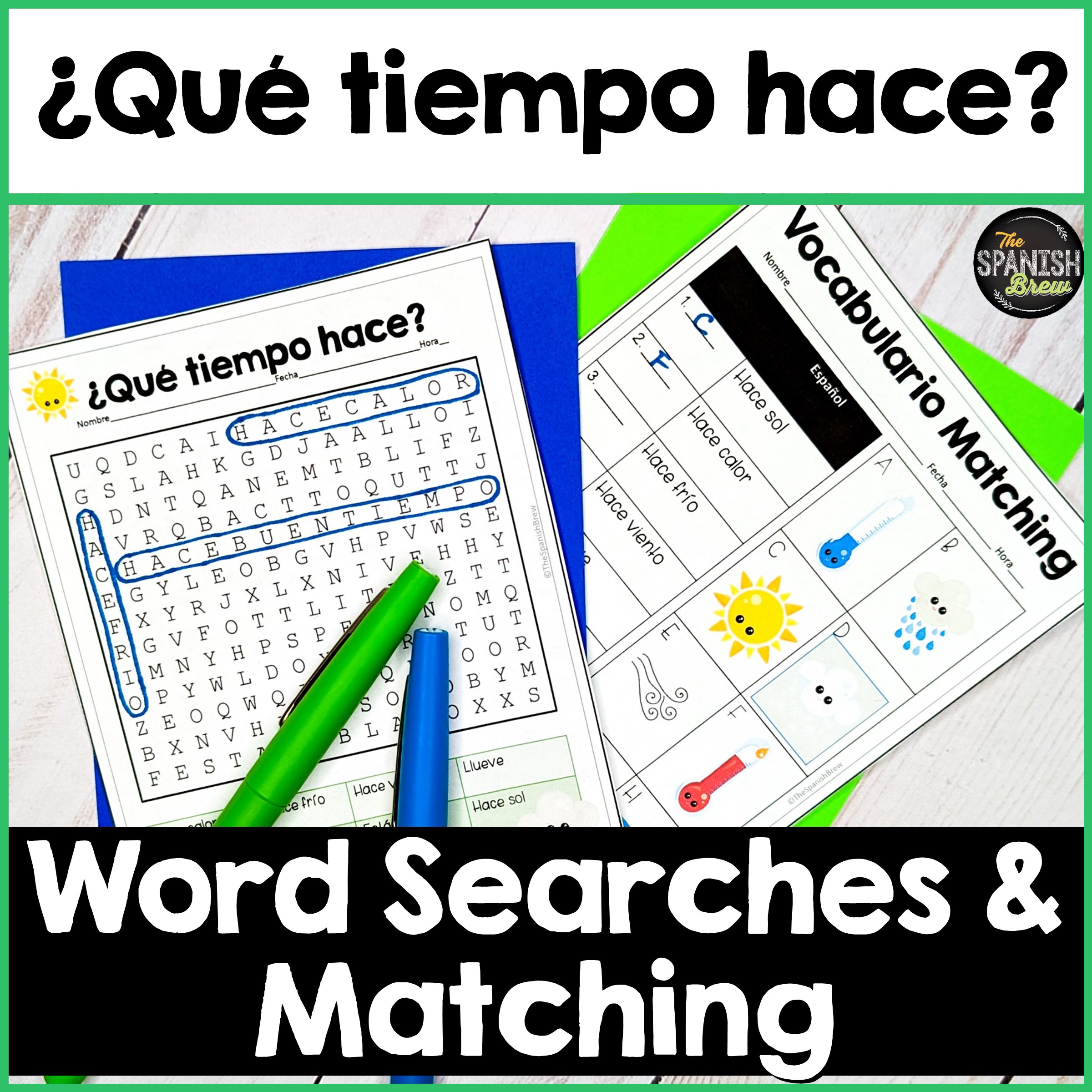It would be an understatement to say that I had an amazing time at the CI Midwest conference! I learned so much about how to structure my Spanish class, ways of extending activities, and how to hit the 90% target language goal. I even got to be a student in Justin Solcum Bailey’s UN-dead Latin class while experiencing CI techniques (and boy did I impress my Latin colleagues with my skills when I got back to school on Monday. Oh yeah!). In her keynote speech, Alina Filipescu challenged us to be courageous and to take off our armor to allow ourselves to be vulnerable. Transitioning to a CI based classroom can definitely be scary, especially if you have not had any training or professional development. I was in the same boat just a year ago so I know how unsettling that uncertainty can feel. So if you’re looking to get started or you’re a veteran looking for some fresh ideas, read on to explore my takeaways and favorite activities from the Comprehensible Midwest conference.
Card Talk

Card talk is a simple way to get started with CI. Ask your students to write their likes or talents on an index card, collect them, and use them to start a discussion about the students. Justin Solcum Bailey showed us how to extend the activity by creating a chart with 3 student names and 3 likes. Ask those students to come to the front of the room. The rest of the class needs to guess which student has which likes. You can have them vote by standing next to the student or via an app like google form. This is a fantastic way to get “data” on the class, get your students to make predictions, and get to know one another better.
Marker Madness Game
I am so pumped to try this game and even more excited that I got to meet the esteemed Sr. Wolly (yep, I know. Dream come true). Start by putting the class into 2 lines facing each other and sitting down. Each line constitutes a team. Place a marker in between each pairing and stand it up vertically. The teacher then gives a statement and if it is true, the students grab the marker and hold it over their heads. The team/line with the most markers wins the point for that round. Sr. Wolly recommends allowing the students to be excited but after a few moments, ring a bell to signal silence. The last person talking loses a point for their team.

Brain Breaks
Brain breaks are an absolute must in a language class. I never truly appreciated how essential they were until I spent the afternoon learning Hebrew with Carol Gaab. I was exhausted from all that thinking and language processing! My favorite brain break this year came from Alina Filipescu. She will “air high five” a student from across the room. As she motions her hand towards the student, the rest of the class must clap to imitate the sound of a true high five. You can announce how many high fives you’ll give to that student, while the rest of the class claps up to that number.
PQA’s
The following line really stuck with me:The point is not to finish the activity. How freeing is that? So often we feel rushed to “cover” material in school. Carol Gaab taught me that as language teachers, we have the freedom and responsibility to not finish an activity if it means that we are having meaningful conversations in the target language. So how exactly can we sustain an activity for that long? Personalized questions and answers (PQA’s) hook your students and make the class content all about them.
Running Dictations

A twist on running dictations by Sarah Breckley has me totally intrigued, especially for my upper level students. Instead of posting sentences in the hall for students to read, post pictures. Students describe what they see in the picture to their group and their group draws what they hear. Students should take turns drawing and being the runner after each picture. Once the groups have finished, put all the drawings next to the originals and discuss in the TL which are the most similar. As a follow up activity, write sentences about the pictures and have the students match them to the images.
I hope these activities have sparked some new ideas for how you can include more comprehensible input into your language classes. Working with other CI teachers at the conference was truly life changing for me and has made my classroom a much more positive place. Now, my students and I laugh all the time in the target language, something high school kids need on a daily basis. How incredible is that?! If you found this post helpful, please share it on social media to get the word out. Comment below if you have tried any of these activities or have any questions.



No Comments